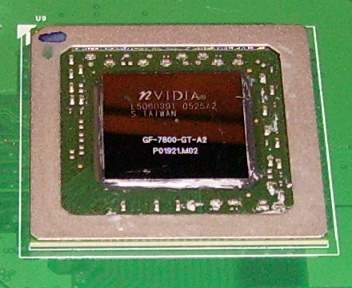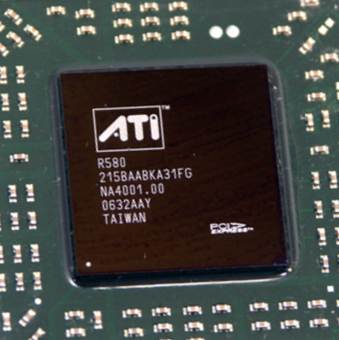According to several discussions on hardwares forums , I realized that there was some kind of confusion regarding the terms
used to describe the 3d pipeline of the actual graphics processors. Vertex shader, pixel processor, pixel pipeline, ROP, texture unit,
shader model: if these words raise in your spirit some wolly thoughts, then this article is for you. It should be said that
the sales & marketing departments of GPUs manufacturers do not help us very much, each of them emphasizing the terms that are more related to their
own GPU.
This small tutorial aims to draw up a simplified diagram of the 3d pipeline. This will help anyone interested in
getting the main information of the technical and/or advertising documents of the current graphics processors.
This article will also show us the similarities and differences between the nVidia and ATI GPUs architectures.
By current graphics processor, I mean those which are SM3/DX9/OGL2 compliant: Shader Model 3.0 / Direct3D 9.0c / OpenGL 2.0.
That gathers mainly the nVidia Geforce 6k (GPU NV4x) and 7k (GPU G7x) as well as ATI Radeon X1k or superior (GPU R5xx).
Some of the concepts quoted in this article are not valid for old GPUs such as the Geforce 5 (GPU NV3x) or the Radeon 9xxx/X*** (GPUI R3xx/R4xx).
Besides, with the arrival of the new generation of SM4/DX10 graphics controllers based on the nVidia G8x and ATI
R6xx GPUs, this article will help us keep pace with the current generation before the SM4/DX10 GPUs become a standard.
If you see any anomalies or if you have remarks, do not hesitate to send an email in order to update
this tutorial (and of course, I will mention the name of the readers who sent me the feedbacks!).

GPU G70 - Geforce 7800GT

GPU R580 - Radeon X1950XTX